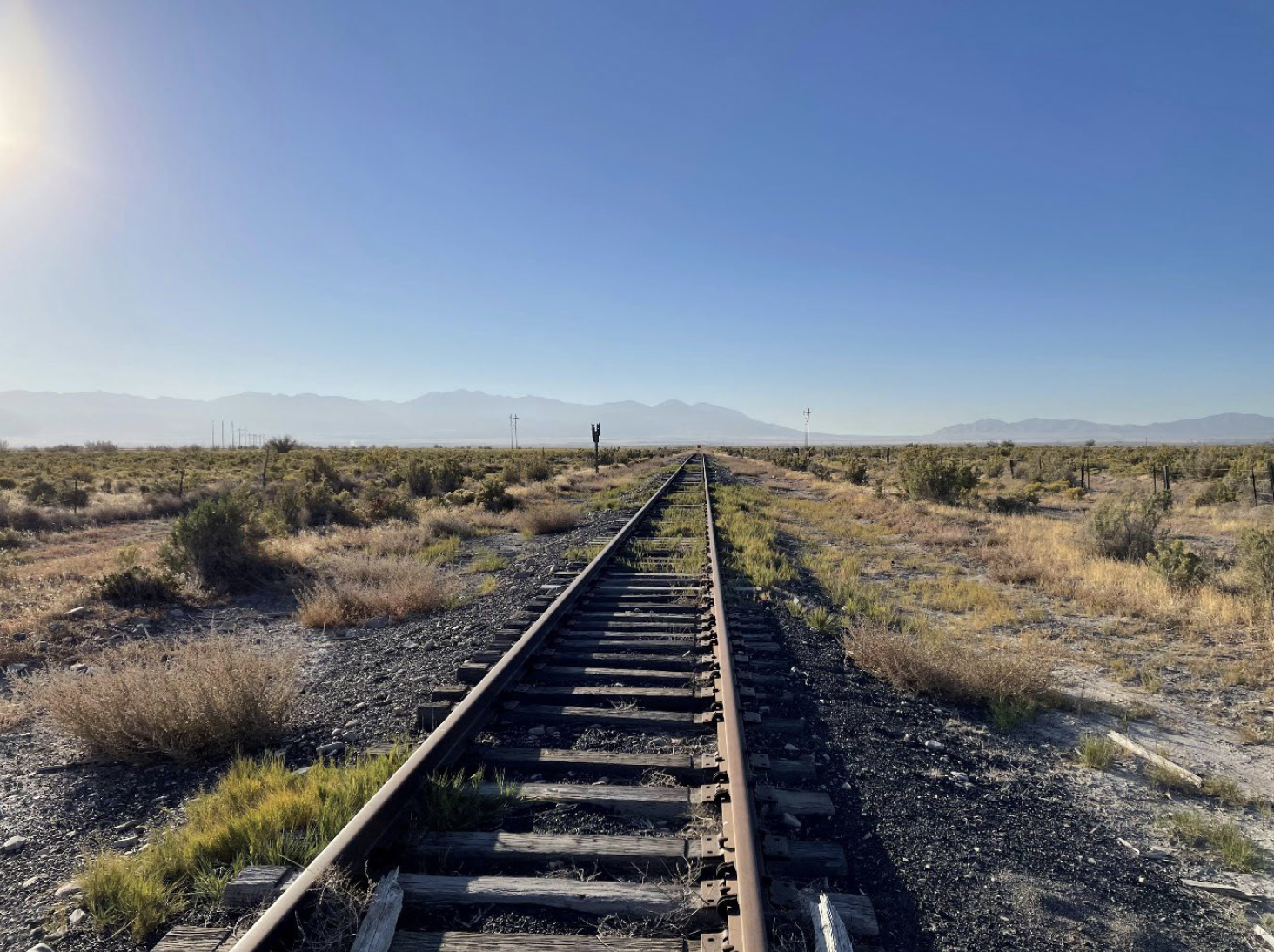 CARY, N.C. — Rail data provider Railinc is adding enhanced information on the location and status of railcar cushioning devices to its Component Tracking program, the company has announced.
CARY, N.C. — Rail data provider Railinc is adding enhanced information on the location and status of railcar cushioning devices to its Component Tracking program, the company has announced.
“Since its inception in 2013, the industry has implemented component tracking for hundreds of millions of critical railcar components including wheelsets, side frames, bolsters, and couplers,” Clayton Miller, Railinc product manager, said in a press release. “The addition of cushioning devices — which help prevent hard coupling during railcar switching — will prevent damage to equipment and shipments by enabling car owners to schedule maintenance and repairs before equipment failures occur in the field.”
Currently, more than 93,000 cushioning devices have been registered in the Component Tracking system under a process that became mandatory in 2021; as that process continues, all cars with cushioning devices will become part of the system.
More than 93,000 cushioning devices have been registered and associated in the Component Tracking system with their railcars since 2021, when that process became mandatory for new cars and cars undergoing major maintenance or repairs. As this process continues, all railcars with cushioning devices will be integrated into this system.
Cushioning devices were added to Component Tracking under a process initiated by a rail industry committee. Railinc developed the technical and data requirements and conducted tests, after which the Association of American Railroads required the inclusion of cushioning devices in Component Tracking.













